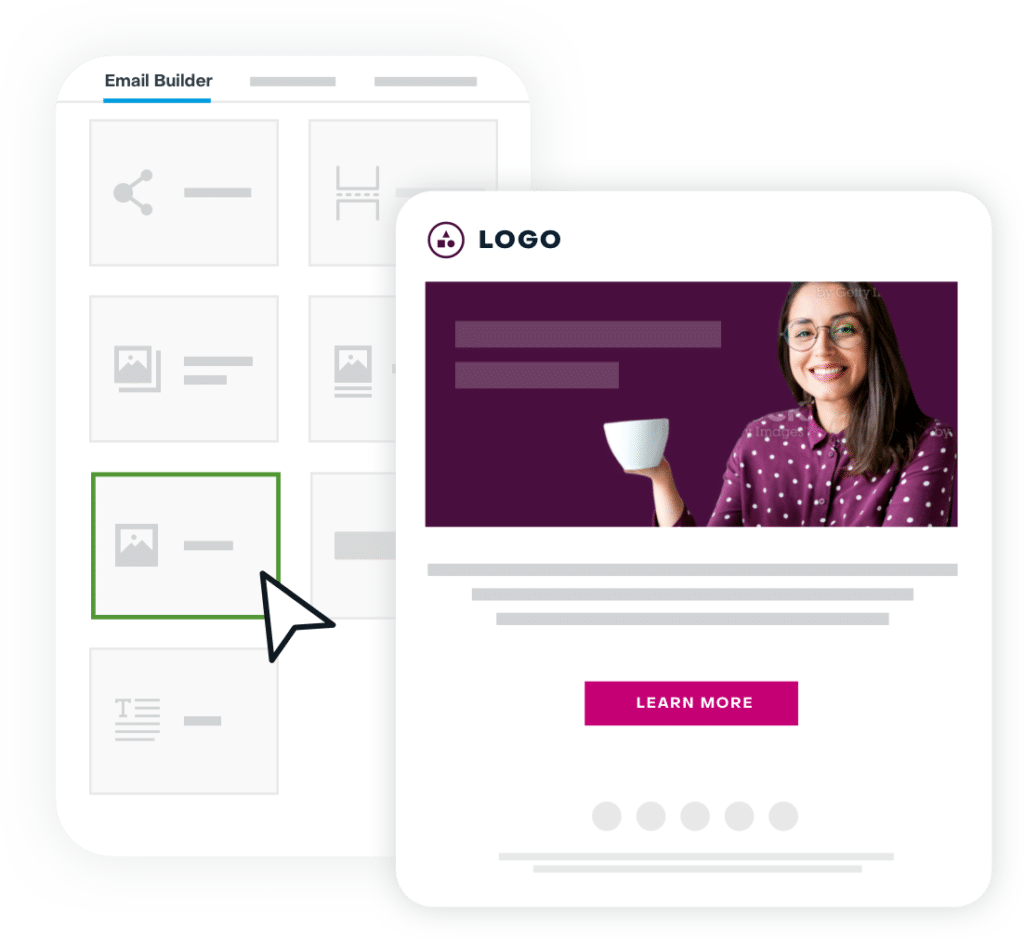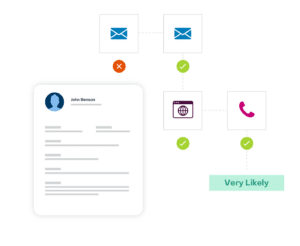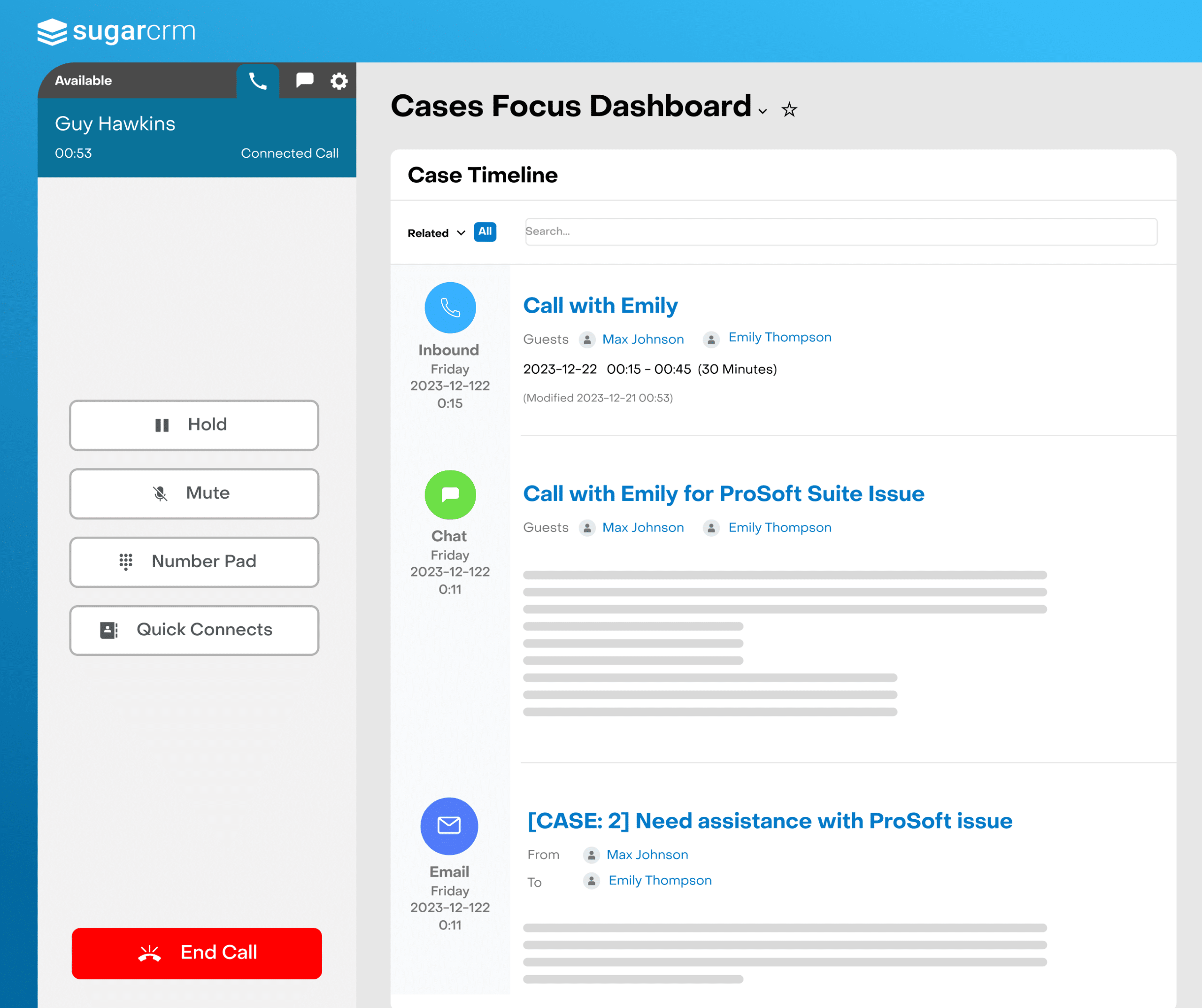How to Personalize Email with Marketing Automation
There is more to email marketing than email blasts and trigger emails. Creating relevant messages means being able to place your product in front of the people who are already looking. How do you find them, and how to deliver relevant content?
The first step is to move your focus from marketing communications to digital conversations for greater personalization. 91% of consumers say they are more likely to buy from brands that provide offers and recommendations that are relevant to them.
To stay competitive, you must continuously innovate because customer expectations are growing faster than the experiences are evolving. When it comes to personalization, consumers want brands to help them define their own journeys instead of businesses that make them feel overwhelmed by choices. Great experience sits at the heart of loyalty, underpinned by technology and the proper use of customer data.
Put Your Best Foot Forward with Marketing Automation
Suppose you want to drive amazing, high-definition customer experiences throughout the entire customer journey. In that case, any growing company needs marketing asset builders, website tracking, sophisticated lead scoring, multi-step nurture campaigns, native CRM integrations, unlimited support, and robust reporting. Marketing automation platforms and tools are purpose-built to help you meet these challenges and objectives.
For a personalized email marketing strategy, there are three particular points you should direct:
1. Audience Segmentation
Do your email campaigns and nurtures take months to deploy because of limited email segmenting functionality?
To get through to a particular audience with your message, you need to use imagery and language appealing to that group, so dividing your brand’s larger audience into smaller segments, it’s essential. Base your audience segmentation on criteria such as:
- Firmographics (company industry, location, size, and employees’ number)
- Behaviors (usage of products or services in your industry, device preferences, and previous brand interactions)
- Products and service interests
- Business needs (e.g., product development, sales, brand awareness, and customer retention)
Everyone thinks and gets motivated differently, so brands must constantly listen, learn, and tailor their marketing messages to suit different audiences. A modern marketing automation tool like Sugar Market comes with built-in artificial intelligence (AI) capabilities, so you can quickly segment your various audiences, identify your ideal customer profile, and engage more effectively with those segments. You can generate customer insights that help you create new marketing strategies accordingly by:
- Identifying the most promising leads to increase conversions
- Making personalized recommendations and next-best-action throughout the customer journey
- Spotting cross-sell, and up-sell opportunities based on predicted needs to drive revenue growth
2. Dynamic Email Content
Do your platform users spend more time setting campaigns up than ideating and strategizing, and are creative ideas sometimes dismissed because technology can’t support these efforts?
You’ve succeeded in attracting more prospects and have managed to extend your customer database. Now, you want to keep them close by staying relevant since emails with personalized subject lines are 26% more likely to be opened.
When marketers can customize their outreach, they can make a much more substantial impact. But creating different emails with different copies for each of your customer segments and geographies is time-consuming.
With Dynamic Email Content for Sugar Market, you can create and engage with multiple customer and prospect segments by sending a single email with varied copy based on the recipient’s demographic make-up. You can also include different images, use different languages, and add conditions to your segmentation to define and target groups or records from your recipient list.

You can also preview variations of the email you send for each configured segment or view it as a specific recipient by entering its contact information. This feature increases your team’s productivity, email reach, and click rates.
3. CRM Integration
Do you struggle to pass quality leads to sales (or even define what qualified leads are) and create personalized campaigns to engage them effectively?
By integrating your CRM with your marketing automation tool, the platform can create resources for the buyer’s digital consumption, track their activity and give better context and visibility to your sales team. They can now engage at the pivotal purchase-decision moment, understanding the prospect’s mindset and needs. They can access the prospect’s prior engagement to tailor conversations and convert more effectively.
On the other hand, marketers benefit from this integration, too. Your CRM tool contains extremely rich information schemas about your customers and contacts, including:
- Account details (name, company)
- Contact information (e.g., email, address, or phone number)
- Products
- Contracts
- Calls and meetings details
- Opportunities
- Orders
- Subscriptions
Marketers can build more effective email marketing campaigns by accessing that detailed information. For instance, if the marketer wants to email customers whose product contracts are about to expire or customers who have just renewed their contracts, they can do that.
When using Sugar Market, you can create marketable audiences accessing the complete data set from Sugar Sell and Serve. There is no limitation to the fields contained in the contact or the lead; the platform allows the marketer to segment based on any known information stored in the CRM system related to the account’s relationship with you. Any field that is captured can be dynamically rendered inside of an email’s subject line, sender information, email content, and text-only email.

Sales and marketing work better together, and CRM and marketing automation integration makes it much easier for you to personalize outreach, track success, and build continuous improvement into your process.
Closing Thoughts
Campaigns are the bread and butter of marketing, and you should not spend precious time on automatic repetitive work. Use tools with templates and drag-and-drop functionalities that are flexible enough to allow your marketing team to match your brand voice with your engagement objectives.
Personalization allows you to create and deliver valuable, relevant content to the right audience. The right technology makes it easy for you to collect and use data for individualized brand messaging, product offerings, and outstanding customer experiences.
If you want to learn more about what SugarCRM can unlock within your organization, get our demo today.


